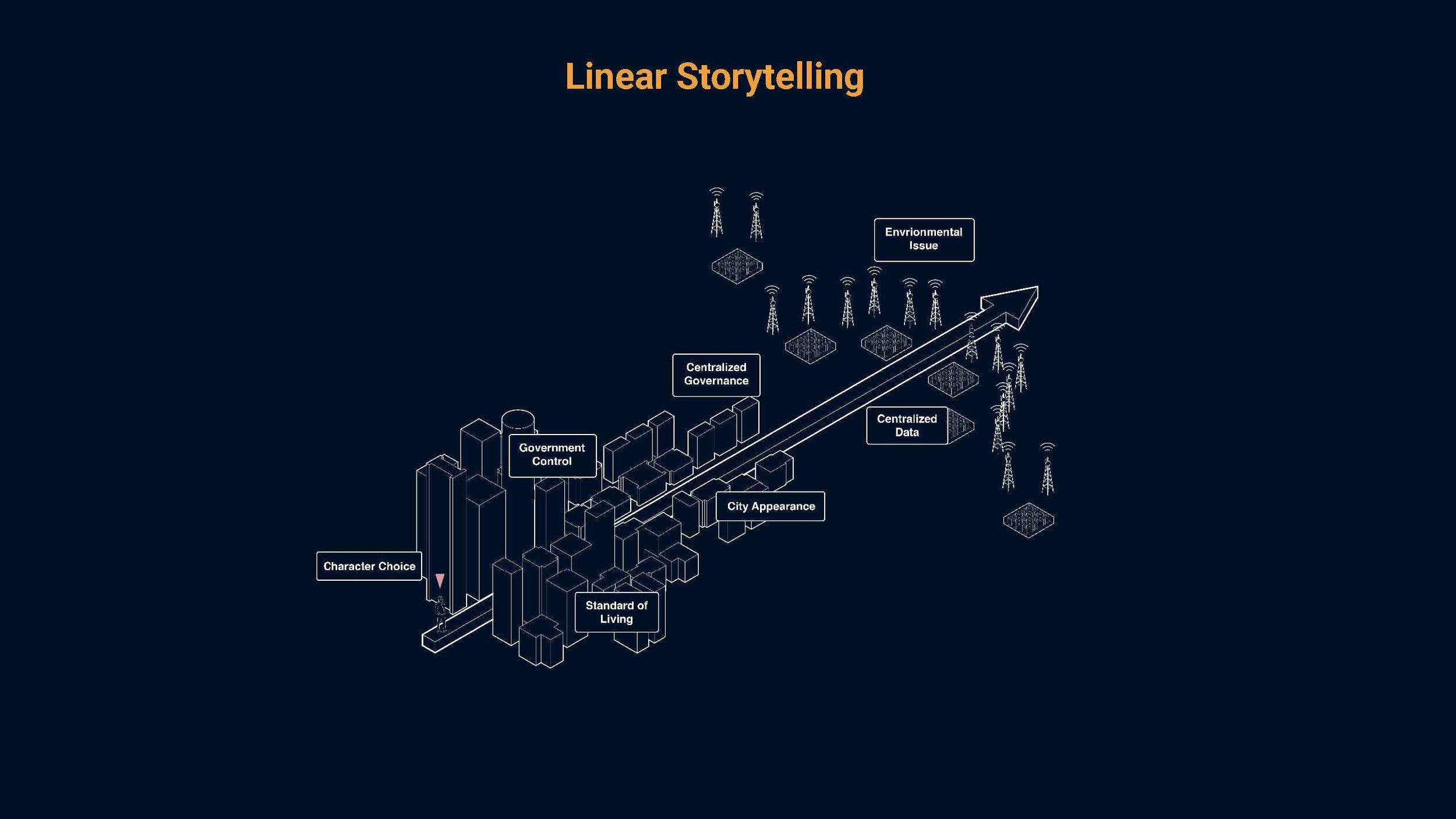Colored Lens
University of Southern California Topic Studio — December 2021
By Thomas Wang
Colored Lens is a video game that attempt to offer another world perspective and judgment on world issues that are often set by personal experience and growing environments. The project encompasses three major world issues, impacting global political, environmental, and social environment. First, the domination of global submarine cable networks by two main countries, US and China, result in constant political tension between them, harming allying in countries who are not directly impacted by the conflict. Second, the five major growing garbage patches in five great ocean gyres are left unclaimed by any country as it will bankrupt any country that tries to clean it up. The biggest of which is the size of Texas. The continuedly growing garbage patches reduce ocean’s ability to absorb CO2, accelerating climate change and global warming. Third, almost 1 our every 100 people in the world being forcibly displaced from their home and 40% of that are refugees. However, all of these issues are interpreted and understood differently by people of different backgrounds.

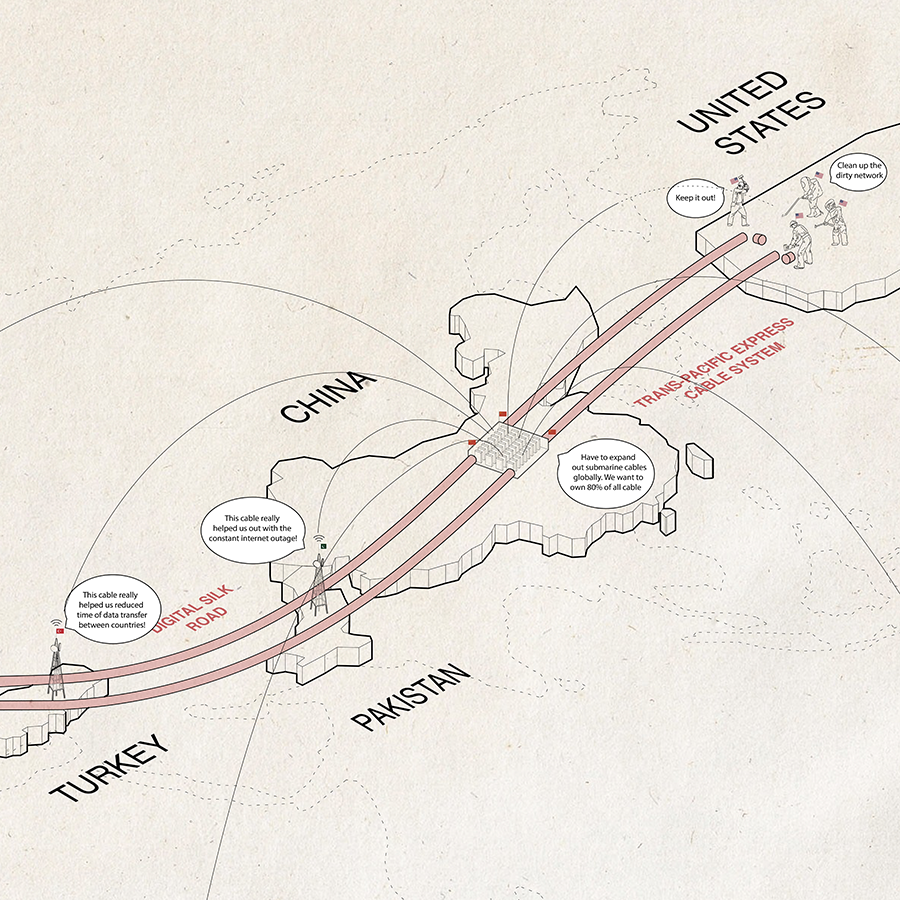
Digital Silk Road Conflict

Submarine Cable Ownership by Country
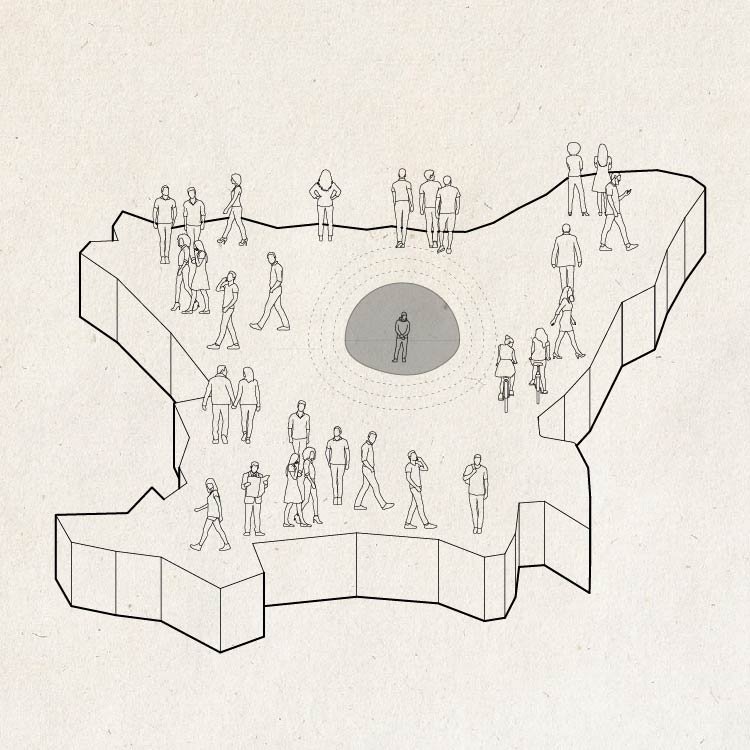
Refugee Isolation in New Home
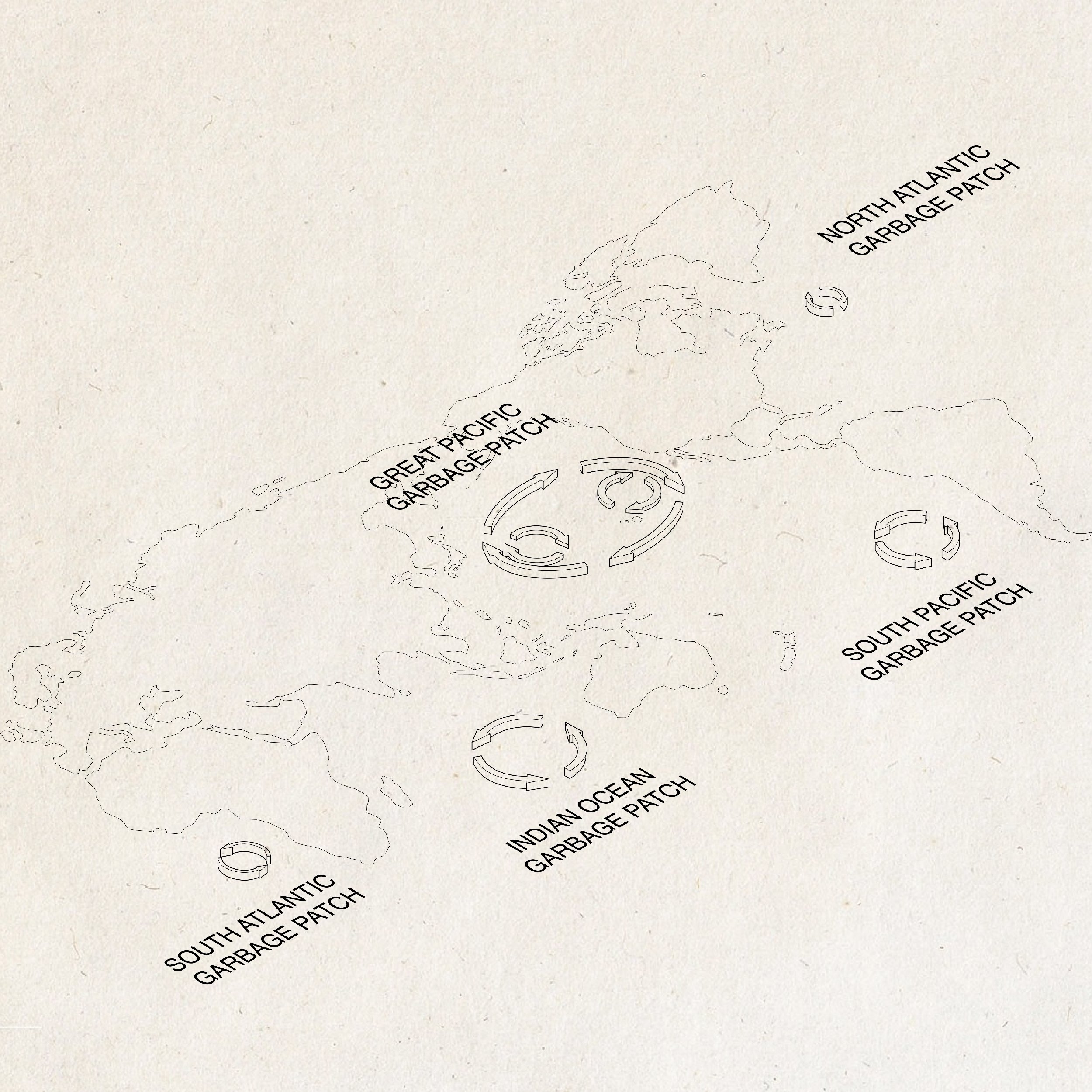
Five Garbage Gyre
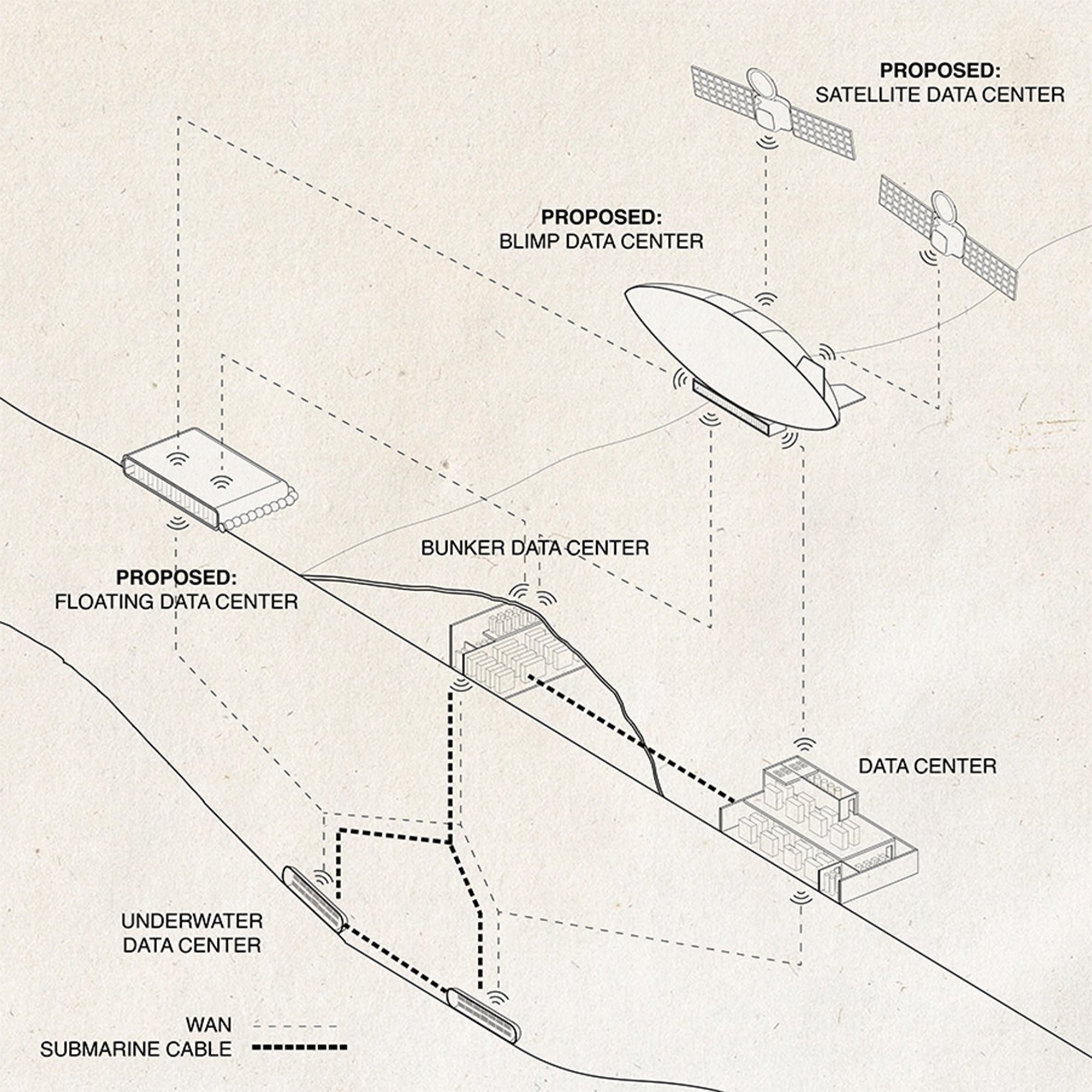
Different Data Centers Types
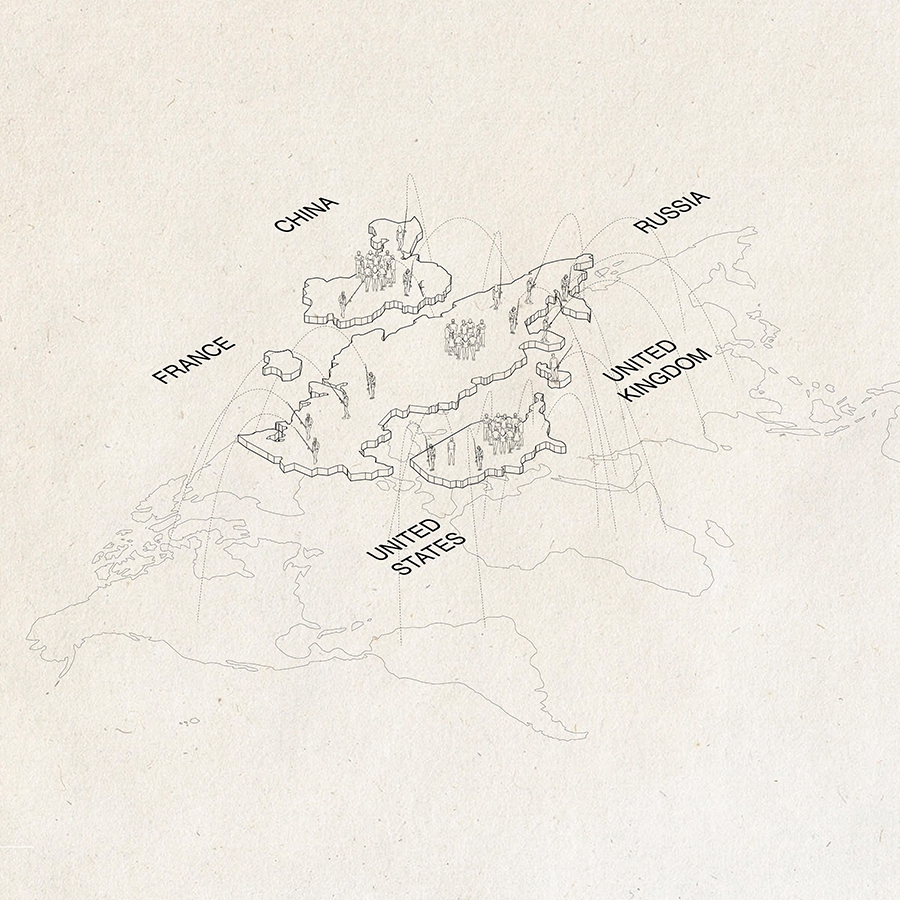
Centralized Government Control and Surveillance
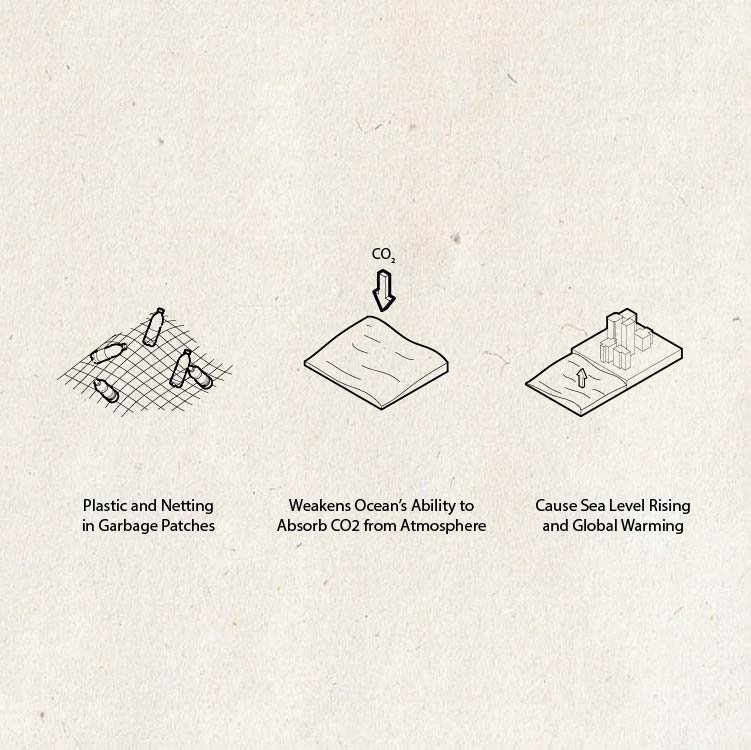
Ocean Garbage Climate Change Impact
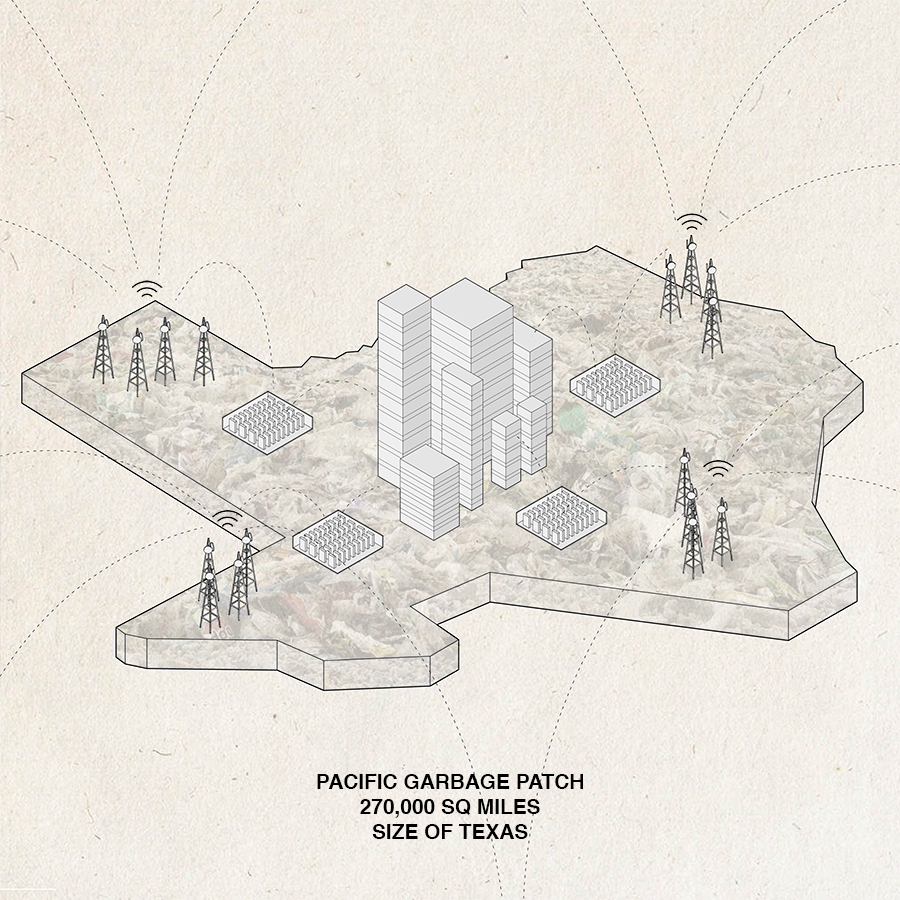
Building on a Garbage Patch
To explore different perspectives on the urban environment and global issues, an imaginary and satirical garbage patch city that centralizes data control to reduce political tension between countries. It acts as a united garbage cleaning initiative to reduce the ocean garbage patches. Finally, the Patch creates an urban living environment for the forcefully displaced.

Colored Lens is a choose your path video game that breaks down the three world issues from different scenes following a linear storyline from city center to the garbage patch.

With each scene interaction, the player must make a choice that visually alters the player’s perspective on the urban environment through saturation changes and detail changes such as a broken glass to suggest a more dystopic world view.

The satirical story follows two characters: Elisa, who is a refugee from a war-torn country who moved to the Patch at a young age and now resides there with her family. And Daniel, who is a visitor of the patch for work from a more developed and western country through a story of data center breach on the patch, exploring the different urban and social issues on the Patch from different perspectives.


Colored Lens
First Scene
The first scene explores living standards, showcasing that each country has their own currency and living conditions that should not be judged or compared to another country based on simple currency conversion. Even the United Nations suggests that fair wages are based of a country’s own standard of living, able to sustain the worker’s basic living, health care, and social care.
Second Scene
The second scene touches on the problem of intensive policing by centralized government. The forcefully displaced, experiences constant lack of safety from their home may see policing as an additional sense of safety. Whereas Daniel, living in constantly protected environment, may consider policing as an invasion to privacy.
Third Scene
The third scene explores the aesthetics of the Patch’s urban center. One perspective sees the city as an urban improvement from the war-torn country they were displaced from, providing a safe home for their future living. The other perspective may see the city full of billboards and data sharing overcrowded and full of noise and light pollution, wasting mass amount of energy in the city.
Fourth Scene
The fourth scene explores surveillance issues that connects with the centralized data control. Similar to scene 2, one perspective sees surveillance as increase sense of safety and protection. On the other hand, the other perspective views surveillance as a risk of privacy, unsure of where personal information is being used.
Fifth Scene
The fifth scene considers the issues of a centralized data control, where centralized control may result in more united protective security effort but can also evoke corruption and dominance by a more powerful countries over the less powerful.
Sixth Scene
The sixth scene showcases problems and conflicts caused by the garbage cleanup efforts. One perspective might see the positive collective effort to preserve the environment and the ocean ecosystem. White, on the other hand, the other perspective considers the pollutions to the air caused by the cleanup efforts and machines. One perspective focuses on the human unity and collectivity behind the cleanup effort. However, another perspective may focus on the imbalance distribution of contribution into this global effort. Several countries may put in more work and money to accelerate the effort that the entire world benefits from.

Scene 1

Scene 2

Scene 3

Scene 4

Scene 5
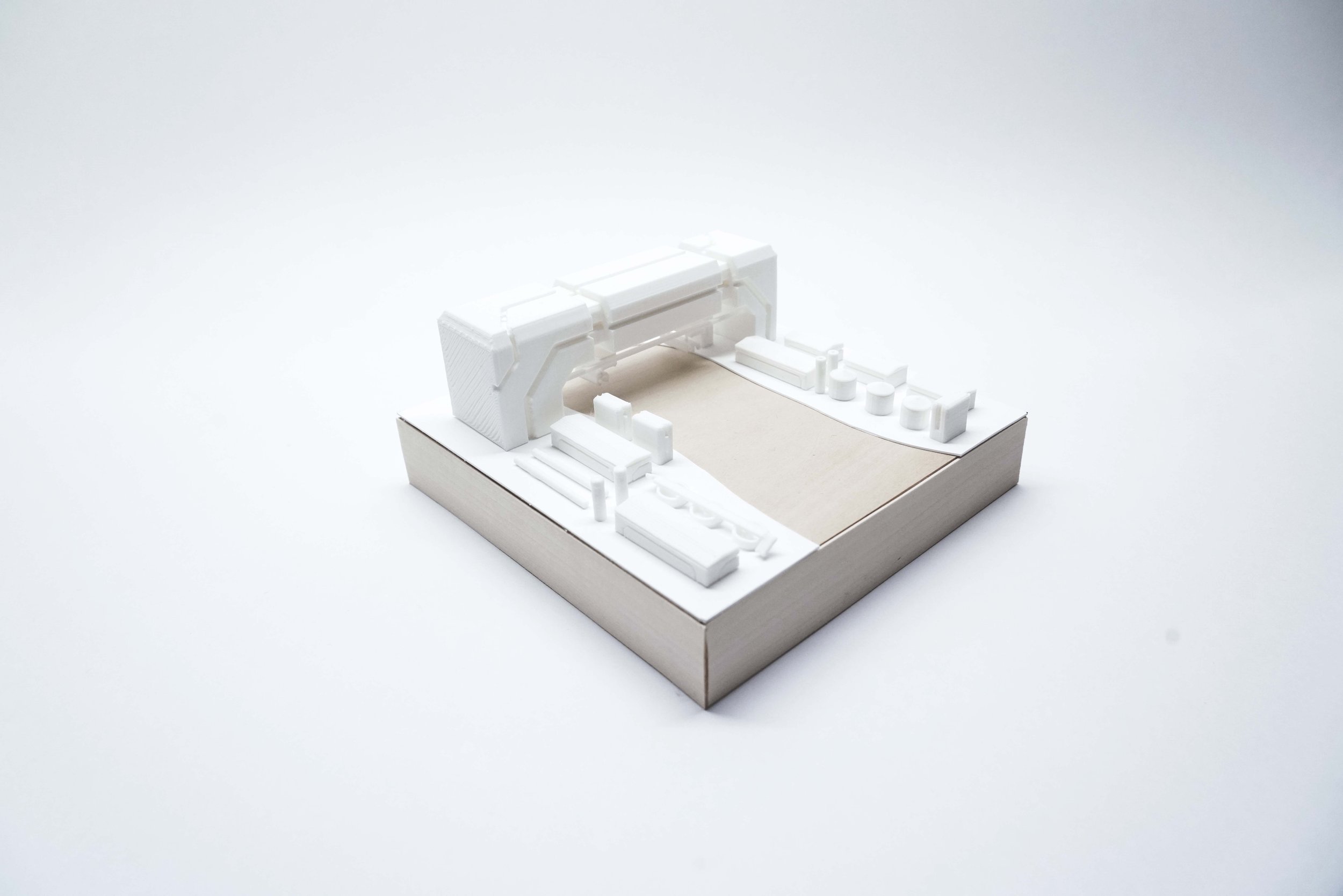
Scene 6
Scene 1 Elisa (The Resident) Perspective
Scene 1 Daniel (The Visitor) Perspective
Scene 2 Elisa/Daniel Perspective
Scene 3 Elisa (The Resident) Perspective
Scene 3 Daniel (The Visitor) Perspective
Scene 4 Elisa/Daniel Perspective
Scene 5 Elisa (The Resident) Perspective
Scene 5 Daniel (The Visitor) Perspective
Scene 6 Elisa/Daniel Perspective





